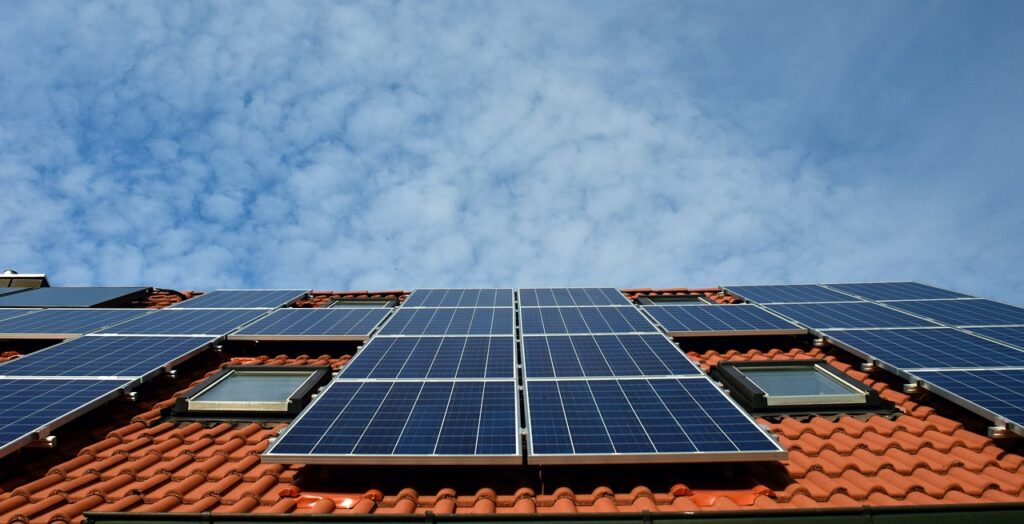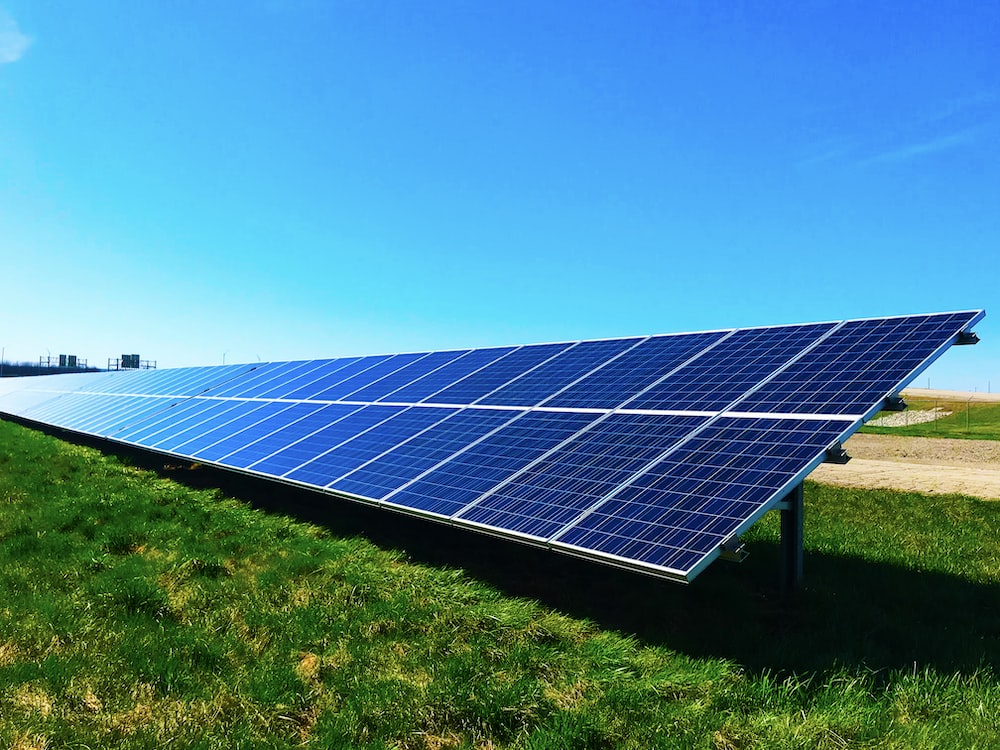GUIDE TO HOME SOLAR SYSTEM
Unlocking Energy Independence with Home solar system
Imagine living in a house disconnected from the energy grid. Once the sun sets, activities become a challenge without light. You can’t charge your phone or use any electric devices. While the government promises to expand the energy grid, it’s a multi-year endeavour. So, what’s the solution to accessing the basic functions that billions already enjoy? Enter Solar Home Systems (SHS).
SHS offers a path to off-grid energy independence. In rural areas of low-income countries, they’re gaining traction.
So, what are Solar Home Systems?
At their core, SHS comprises solar panels mounted on roofs. These panels convert sunlight into electricity, directly powering the home’s electric circuit. A typical SHS can support three to eight devices for about five hours daily. For example, it can power an LED lamp, a smartphone charger, and even a rice cooker.
In essence, SHS isn’t just about energy—it’s about empowering communities, improving livelihoods, and bridging the gap to a brighter, more sustainable future.
In recent years, there has been a significant shift towards renewable energy sources, and one of the most accessible and practical options for homeowners is solar panel systems. If you’re considering making the switch to solar energy, you’re not alone. Many people are opting for solar panels to reduce their carbon footprint and save on energy costs in the long run. In this guide, we’ll walk you through everything you need to know about home solar system , from how they work to the benefits they offer and the steps involved in installing them.

GUIDE TO HOME SOLAR SYSTEM - Understanding How Solar Panel Systems Work.
In home solar system, Solar panel systems work by harnessing the energy from the sun and converting it into electricity that can power your home. This process begins with photovoltaic (PV) cells, which are the building blocks of solar panels. When sunlight hits these cells, they generate a direct current (DC) of electricity. An inverter then converts this DC electricity into alternating current (AC), which is the type of electricity used in most homes.
GUIDE TO HOME SOLAR SYSTEM - Steps to Installing Solar Panel Systems
The process of installing home solar system typically involves several steps. Firstly, you’ll need to assess your home’s suitability for solar panels by considering factors such as roof space, orientation, and shading. Next, you’ll need to choose the right type and size of solar panels based on your energy needs and budget. Once you’ve selected your panels, a licensed solar installer will handle the installation process, which includes mounting the panels on your roof, connecting them to your electrical system, and ensuring everything is up to code

GUIDE TO HOME SOLAR SYSTEM - Maintenance and Monitoring
After your home solar system is installed, it’s essential to perform regular maintenance to ensure optimal performance. This includes keeping the panels clean and free of debris, checking for any damage or issues, and monitoring your energy production to ensure everything is functioning correctly. Many solar panel systems also come with monitoring software that allows you to track your energy usage and production in real-time.
CONCLUSION
Switching to a home solar system is a significant decision that can have a positive impact on both your finances and the environment. By understanding how solar panel systems work, the benefits they offer, and the steps involved in installing and maintaining them, you can make an informed decision about whether solar energy is right for your home. With the right planning and professional installation, you can enjoy clean, renewable energy for years to come.
